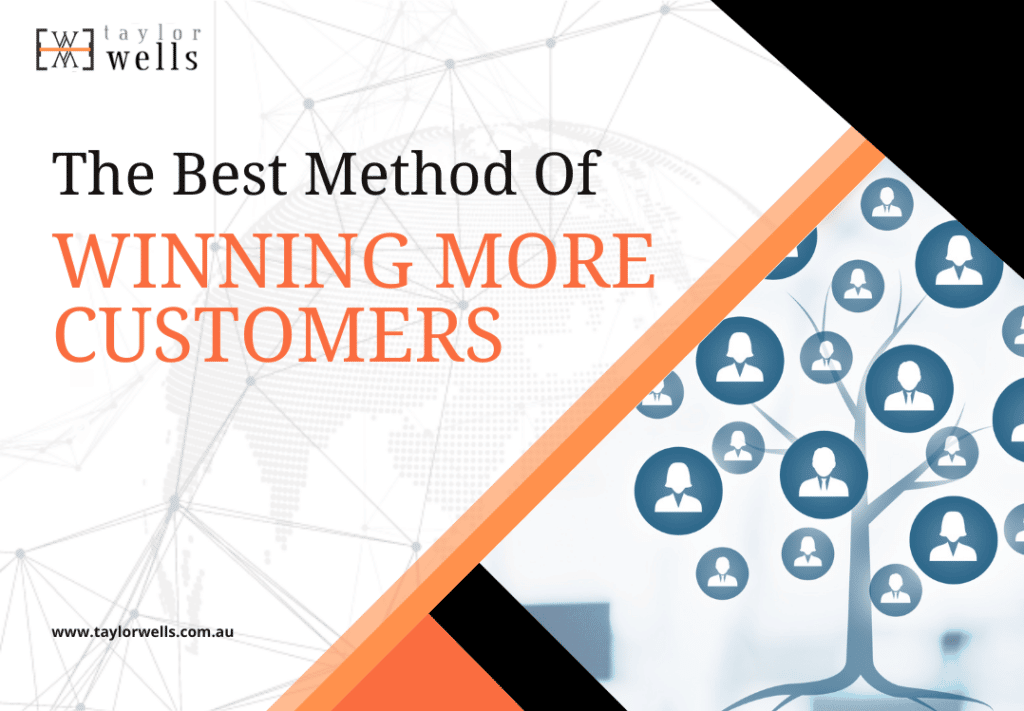
What Role Does Price Play In The Consumer Behaviour Buying Decision Process? 🍱
What role does price play in the consumer behaviour buying decision process?
>Download Now: Free PDF The Best Method of Winning More Customers
What runs through your mind when you’re trying to purchase something in the store? Like when you’re deciding to buy a dress, trousers, shoes, or even simple stuff, like a loaf of bread from the supermarket? You probably consider things such as the quality, the design, the expiration date, the nutritional facts, if you look good in it, alternatives… and of course, the price.
When you buy something you really want or need, there are several things you automatically consider before you buy it because you want to buy something that meets your needs as well as your budget! The same concept holds true in business. Businesses want to find a way to get inside the minds of their customers to understand what they really value, need right now, and in the future. Check out what our friends at InsideBE have to say in this article.
This impacts their procurement, product, sales, marketing and pricing strategies. Understanding the consumer buying decision process and the influence of price is vital to decoding the price-value equation.
However, finding out how people consume and buy products can be a challenging and complex problem to unravel. How much does price influence consumer buying decisions? 50%, 80% or are there other more important drivers to purchase that businesses should be considering other than price?
Consumers don’t just buy products and brands randomly. Brand loyalty is deeply connected to a customers’ perception of value over time. And some purchase decisions may be impulse buys or driven by price, but many other decisions are a culmination of a variety of different drivers.
So, in this article, we will continue to discuss the importance of the buying decision process in pricing and marketing strategies.
We argue that price has a positive influence on purchasing decisions most especially for products that are bought frequently.
We believe that the buying process itself can greatly inform a businesses’ pricing and marketing strategies.
At the end of the article, you will learn the five stages of the consumer buying decision process and how price both interacts and influences each stage.

What is a consumer behaviour buying decision process?
The consumer buying decision process is the journey a customer takes when they buy something – before, during and post-purchase. For example, it is the process wherein customers become aware to some extent of their needs and start to decode and identify their needs. It also includes some element of information gathering (subjective and impartial) on price to understand value. Then it’s the internal comparison or analysis of alternatives; the purchasing decision itself’ and then the post-purchase evaluation of a purchase.
The 5 Stages of the Buyer Journey
As stated above, the customer buying decision-making process describes the journey that customers go through before they purchase a product. Having know-how of the customer’s buying process is very important for a company as it will allow the business to align its sales strategy accordingly.
Let’s discuss what happens in each step to better understand the process.
-
Awareness — Need recognition
This is identified as the first and most vital step in the customer’s decision-making process. A customer will not buy a product or service without awareness or recognition of a need that may arise from internal stimuli; typically a physiological or emotional need, like hunger or thirst, sickness, sadness, etc. or external stimuli such as an advertisement, the smell of delicious food, etc.
-
Research — Search for information
At this stage, having recognised a problem or need, customers want to identify their options. A customer will find out what they feel is the best solution to satisfy the recognised need. The buyer will search for internal and external business environments so as to determine and analyse information sources related to the crucial buying decision. They may rely on social media, print, visual, or word-of-mouth in getting the information.
-
Consideration — Evaluation of options
This is the stage when a customer is comparing alternatives or options to make the best choice. A customer will evaluate or analyse different products or brands according to alternative product features. Those that can provide the benefits that the customer is looking for. So, a customer decides whether to purchase from you or a competitor.
Consumers’ evaluation of products or brands is influenced objectively (such as price, features, ease of use, functionality) or subjectively (such as feelings about a brand based on past experience or feedback from previous customers).
-
Conversion — Purchasing decision
During this stage, the customer’s buying behaviour turns into action. In other words, it’s time for the customer to buy! Purchasing experience is key at this stage. However, you can still lose a customer at the final purchase decision. It may be ‘disrupted’ by two factors, which are: unfavourable feedback from other customers and the level of motivation to accept the negative feedback.
-
Re-purchase — Post-purchase evaluation
This stage is of the essence in retaining customers. After making a purchase, consumers take into consideration whether the purchase was worth it. Whether they will recommend the product to friends and family, or whether they will re-purchase, and what feedback they will provide. Customers will either be satisfied or dissatisfied by comparing products with their previous expectations. And if the customer is satisfied, it will result in brand loyalty, skipping the “information search” and “evaluation of alternatives” stages altogether.
Discussion: The Importance of Pricing in the Consumer Behaviour Buying Decision Process
People want to buy the best possible product or service that meets their needs. Yes, price is a key factor for customers evaluating the value of a product. But it’s also important to reiterate to customers that cheaper prices don’t necessarily always mean better. In fact, to some customer, it indicates some sacrifice in product quality and therefore represents some element of risk to potential buyers.
Customers consider price as a vital factor influencing their purchase decision process. Consumers are becoming much shrewder at discerning value.
For instance, evaluating the benefits and outcomes they’ll receive from the products or services they are purchasing. And price-sensitive shoppers largely gravitate to price to make a decision to buy or not.
However, even price-sensitive shopper take into consideration other factors, like quality, brand image, store location, value, and service. So it’s important to look deeper into why people buy. Rather than simply labelling price as the only driver of purchase decisions.
Implications
- Price is one factor that influences the buying decision process. However, consumers also consider product quality and durability. Meaning, they’ll prefer buying high-quality products at a fair price instead of going for cheaper products.
- Need recognition is the start of the buying behaviour of the consumer. So, if there is no need, then, there is no purchase. That’s why generating or reinforcing a need in consumers’ mind to trigger the buying behaviour is very important for brands.
- Price perception hugely impacts a consumer’s buying decision. The perception of price provides information about a product and gives a deep meaning to the consumers.
〉〉〉 Get Your FREE Pricing Audit 〉〉〉
Conclusion
The 5 stages of the customer’s buying process (discussed above) are crucial for every business because these will let the business align its sales, marketing and pricing strategies accordingly.
To a large extent, the consumer behaviour buying decision process has largely revolved around product quality, price, and customer service. But with the development of technology and products attributes, the buying decision process has also changed and businesses are able to decipher the depth of complexity in a single buying decision. Which indicates that consumers are making much more informed buying decisions through researching on their own and evaluating available alternative solutions than ever before.
For a comprehensive view on maximizing growth in your company,
Download a complimentary whitepaper on How To Drive Pricing Strategy To Maximise EBIT Growth.
Are you a business in need of help to align your pricing strategy, people and operations to deliver an immediate impact on profit?
If so, please call (+61) 2 9000 1115.
You can also email us at team@taylorwells.com.au if you have any further questions.
Make your pricing world class!
Related Posts
Leave a Reply Cancel reply
Categories
- marketing strategy (26)
- Organisational Design (14)
- Podcast (114)
- Pricing Capability (87)
- Pricing Career Advice (10)
- Pricing Recruitment (19)
- Pricing Strategy (289)
- Pricing Team Skills (13)
- Pricing Teams & Culture (24)
- Pricing Transformation (47)
- Revenue Model (25)
- Sales Effectiveness (27)
- Talent Management (7)
- Technical Pricing Skills (35)






